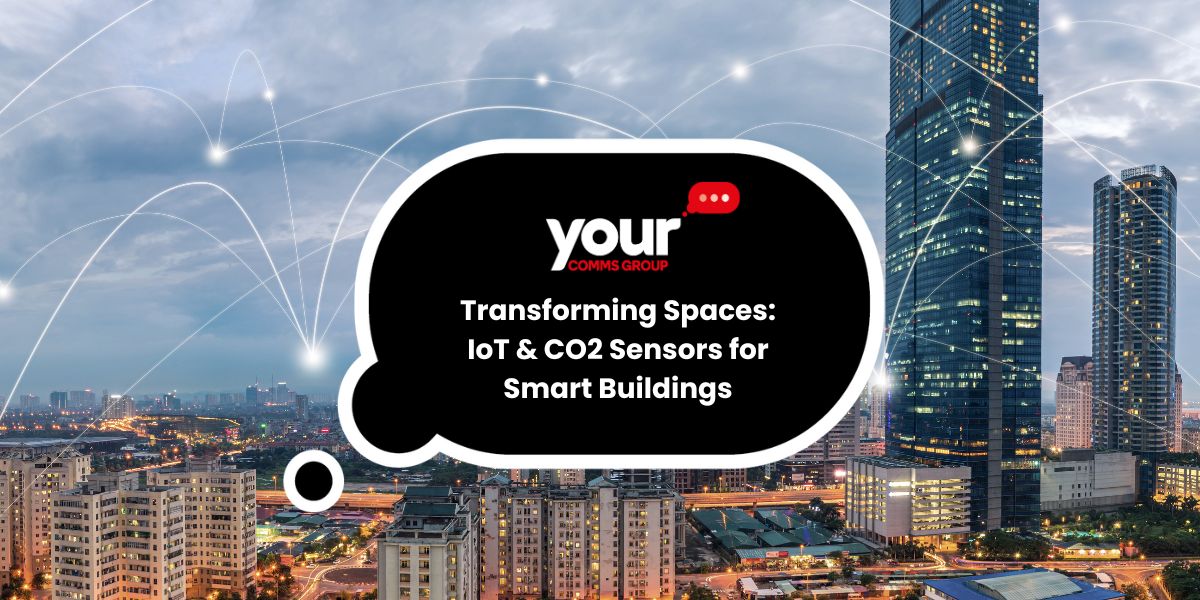Revolutionising Manufacturing with Smart Sensors
It is incredible how smart sensors have helped many industries create an efficient working environment. Recent studies show that the market for smart...
2 min read
Your Comms Group : Jun 25, 2024 3:00:00 PM

Why do businesses need to track the food supply chain?
Food tracking makes it possible to perceive food products' production, transformation, shipping, delivery, and trade. It secures the security and quality of the food supply to prevent food-borne diseases and reduce the effects of food recalls. However, there remain many challenges in global food distribution, including optimal storage condition maintenance, real-time tracking and tracing accountability, safety standards conformity, and minimisation of wastage.
This article discusses how businesses can use sensor technologies to overcome food supply chain challenges!

Sensor technology involves devices that can detect and measure physical properties like temperature, humidity, and movement. These properties are crucial in monitoring food supply chains.
There are several types of sensors often used in food supply chains, including:
Integrating sensors into containers, trucks, and storage facilities can improve continuous monitoring and data collection. This data is then transmitted to a centralised system for analysis. This real-time data allows immediate action when issues are detected.

Sensor technology is vital for ensuring the safety and quality of foods as they travel. With a sensor, we can monitor environmental parameters like humidity or varying heat levels, guaranteeing the preservation of perishable products. For instance, keeping vegetables at the proper humidity level prevents them from wilting, while temperature control is essential for dairy and meat products. This method can achieve early detection of spoilage or contamination with significant signs, including the rise and fall of abnormal temperatures.
For businesses to adhere to stringent laws governing food products, there must be documented proof showing how different stages in production were handled up to when they were finally offered to clients, reducing supply chain risk and compliance costs.
Furthermore, the collected data creates feedback loops that allow companies to refine their processes and continuously improve overall quality. This integration of safety and quality control through sensor technology enhances the reliability of food supply chains and ensures that consumers receive the highest quality products.
Conclusion
Choosing the suitable sensor technology is crucial for enhancing the efficiency and safety of food distribution. As a leading telecom partner, Your Comms Group provides expert guidance in selecting and implementing IoT Business Solutions, including the best sensor solutions for your business.
In addition, as technology evolves, sensor technology plays an increasingly vital role in food distribution. Your Comms Group stays ahead of trends and innovations, offering cutting-edge solutions to meet global food demands and ensure food security. Align your business with the latest advancements through Your Comms Group's expertise.

It is incredible how smart sensors have helped many industries create an efficient working environment. Recent studies show that the market for smart...

Keeping pace with operational challenges to remain efficient and secure becomes critical for businesses to stay ahead. Resource consumption tracking...

In an age where the focus on sustainability and health within our living and working environments is paramount, the role of IoT-integrated CO2...